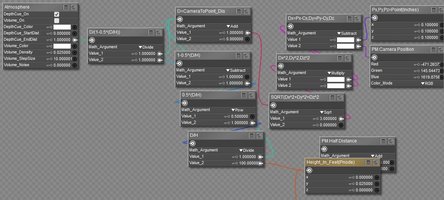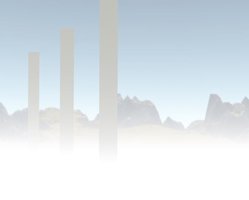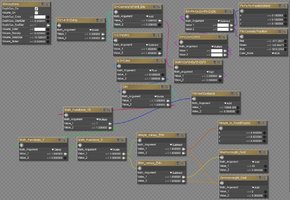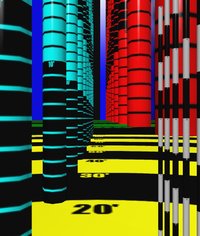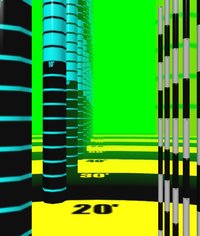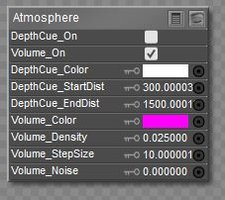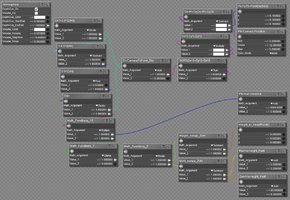3dcheapskate
Engaged
Using the Poser atmosphere's Volume option really slows down my renders (usually by a factor of ten or so), whereas using the Depth Cue seems to have an almost negligible effect.
So I started wondering...
A quick reminder: The Depth Cue uses a simple linear interpolation between the Start Distance and End Distance to determine how much of the DepthCue_Colour to use. (I've never really understood why darker DepthCue_Colors don't work so well, nor why using black as the DepthCue_Color does what it does - which I can't recall exactly, but isn't what I expect)
bagginsbill created a shader way back that swaps the linear interpolation for a more realistic depth simulation somewhere in an 'underwater submarine' thread over at Renderosity (I don't have the link at hand, but I'll track it down and post later). But you need to put the x,y,z coordinates of the current camera into one of the shader nodes - you can either do this manually (rather a pain) or automate it with a callback function that he also provided.
But that's not what I want to talk about. I want to talk about this sort of thing...


So I started wondering...
A quick reminder: The Depth Cue uses a simple linear interpolation between the Start Distance and End Distance to determine how much of the DepthCue_Colour to use. (I've never really understood why darker DepthCue_Colors don't work so well, nor why using black as the DepthCue_Color does what it does - which I can't recall exactly, but isn't what I expect)
bagginsbill created a shader way back that swaps the linear interpolation for a more realistic depth simulation somewhere in an 'underwater submarine' thread over at Renderosity (I don't have the link at hand, but I'll track it down and post later). But you need to put the x,y,z coordinates of the current camera into one of the shader nodes - you can either do this manually (rather a pain) or automate it with a callback function that he also provided.
But that's not what I want to talk about. I want to talk about this sort of thing...



